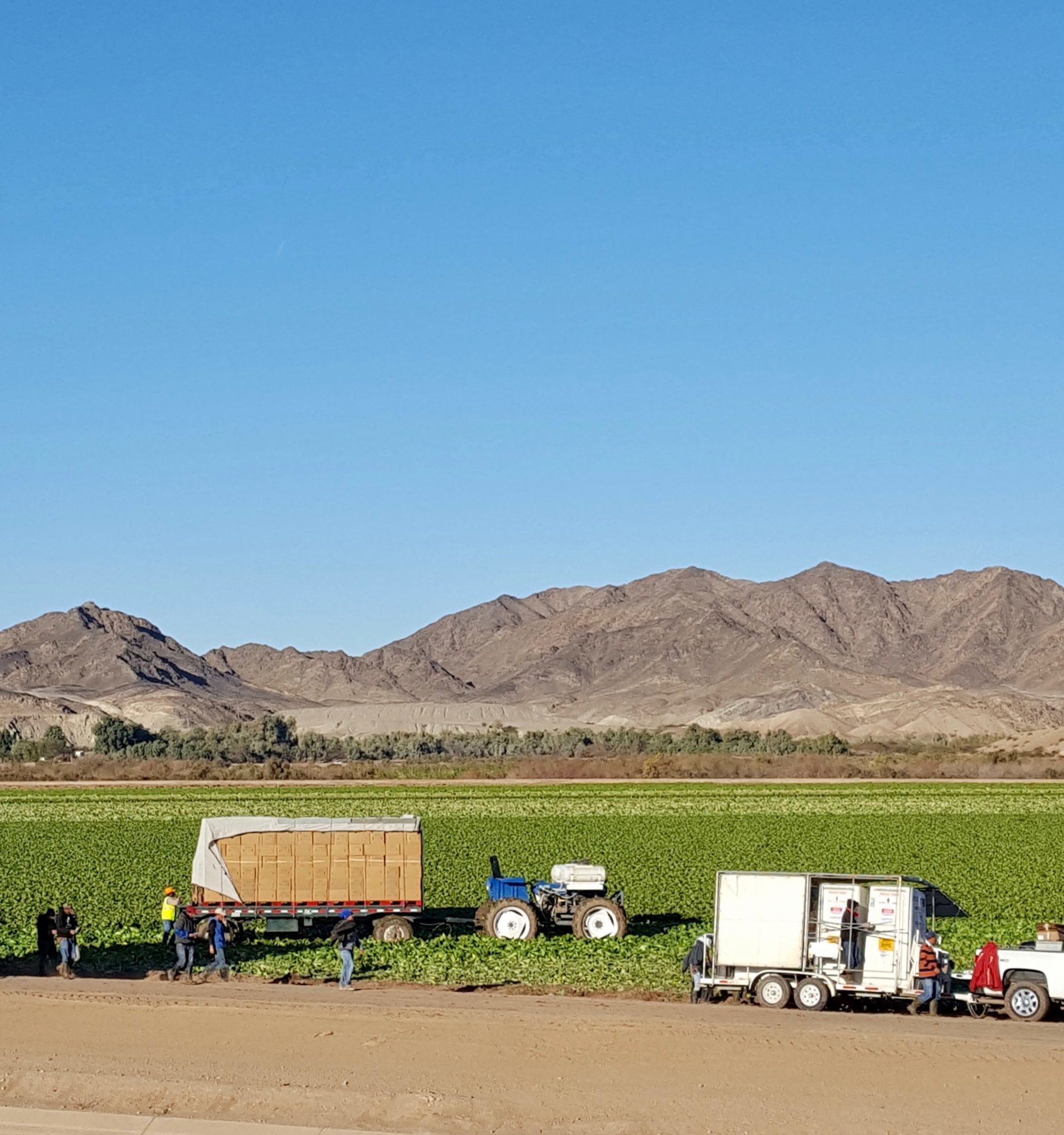Big Funding for Specialty Crop Multi-State Programs
California Awarded More Than $3.8 Million to Support The Specialty Crop Industry Through Multi-State Initiatives
The California Department of Food and Agriculture (CDFA) is pleased to announce that four projects submitted by California were selected for funding for the 2019 Specialty Crop Multi-State Program (SCMP).
The SCMP is a federal grant program offered by USDA’s Agricultural Marketing Service. SCMP strengthens food safety; seeks new ways to address plant pests, disease, and other crop-specific issues; and increases marketing opportunities for fruits, vegetables, tree nuts and dried fruits to horticulture and nursery crops, including floriculture. Funding is awarded competitively to state departments of agriculture that partner with stakeholder organizations in two or more states.
The California Department of Food and Agriculture will partner with:
- The University of California, Davis, Oregon State University, University of California Agriculture and Natural Resources, University of Washington, Utah State University, and University of Arizona to create a non‐biased plant trials network that assesses plant performance under different irrigation regimes. Awarded $999,992.
- The University of California, University of Florida’s Gulf Coast Research and Education Center, Texas A&M University, California State University, and the USDA – Agricultural Research Service’s National Clonal Germplasm Repository ‐ Tree Fruit & Nut Crops & Grapes, to develop strategies to increase marketable yield of pomegranate in California and Florida. Awarded $885,801.
- The University of California, Davis, University of Maryland Eastern Shore, USDA Agricultural Research Service, University of Minnesota and the Organic Center to evaluate the food safety impacts of sheep grazing cover crops, compared to tilled termination of cover crops and winter fallow, before spinach and cucumber. Awarded $999,985.
- The University of California and Texas A&M University to conduct large‐scale trials of improved (high‐yielding, high‐quality, more resilient) varieties under conventional versus modified environmental conditions in the San Joaquin Valley and in Central California and the Lower Rio Grande Valley. Awarded $962,804.
A complete list of funded projects is available here. Additional information about the SCMP can be found on the USDA and CDFASCMP websites.













